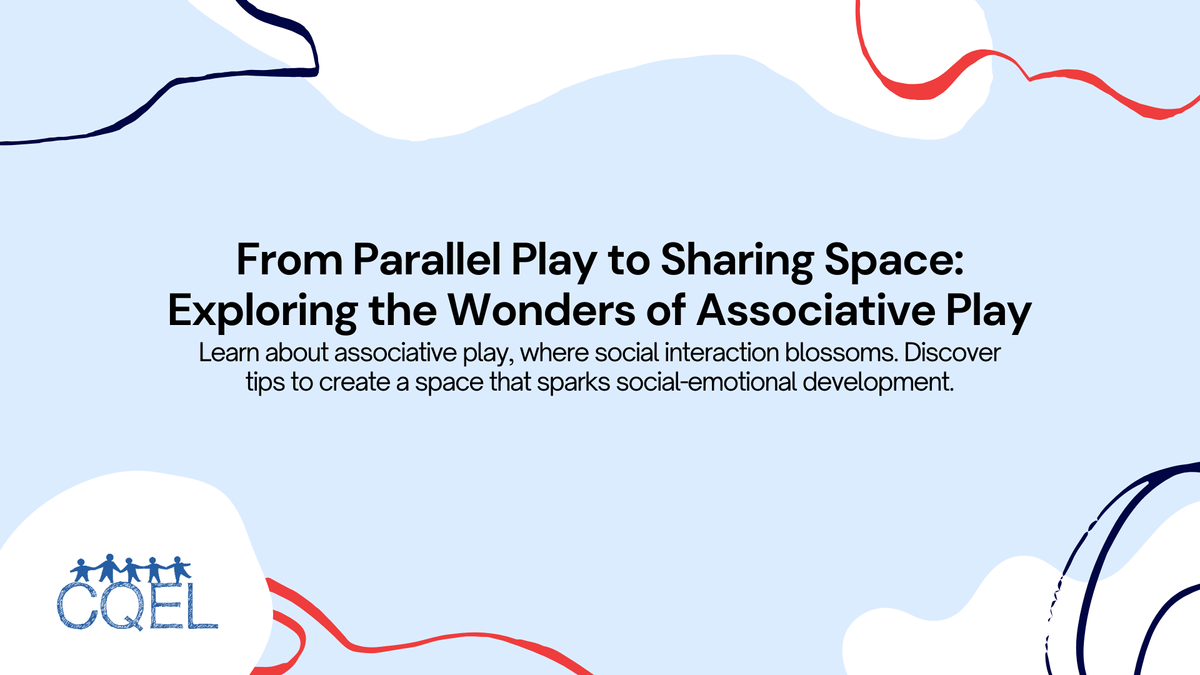From Parallel Play to Sharing Space: Exploring the Wonders of Associative Play
Learn about associative play, where social interaction blossoms. Discover tips to create a space that sparks social-emotional development.

The world of early childhood development is a fascinating tapestry woven with milestones and social interactions. As an aspiring childcare provider in California, understanding the different stages of play is crucial for fostering a nurturing environment that supports a child's social and emotional growth. Associative play, a pivotal stage in this development, marks the beginning of true social interaction. Let's delve into the characteristics of associative play and explore strategies to create a space that encourages this important stage of development.
Emerging typically between the ages of three and four, associative play represents a significant shift from solitary or parallel play. While children engaged in parallel play might occupy the same space with similar toys, there's minimal interaction or collaboration. In contrast, associative play is characterized by children playing alongside each other with a shared interest in the activity or space. Imagine a group of toddlers building separate towers with blocks, occasionally glancing at each other's creations with a spark of curiosity. This is the essence of associative play – a desire to share space and be in the presence of peers, even if direct interaction hasn't yet fully blossomed.
While communication during associative play might be limited to brief exchanges or playful sounds, it's a crucial stepping stone towards more complex social interactions. Children begin to observe and imitate each other's actions, fostering a sense of shared experience. They might subconsciously pick up new vocabulary words or building techniques simply by being in close proximity to their peers. As an aspiring childcare provider, creating a stimulating environment that encourages associative play is paramount.
One strategy is to provide open-ended materials that lend themselves to collaboration. Think building blocks, art supplies, or dramatic play props that can be used in various ways. Organize the play space in a way that allows for side-by-side play, with designated areas for block building, creative exploration, or imaginative storytelling. Furthermore, model social interaction yourself by engaging with the children during play, narrating your actions, and encouraging them to communicate with each other.
Remember, associative play is a gradual process. Children might initially focus solely on their own activity, occasionally glancing at their peers. Over time, with gentle encouragement and a stimulating environment, you'll witness the natural progression towards more collaborative play and communication. The California Department of Education's website offers a wealth of resources on social-emotional development in early childhood, providing valuable insights into fostering healthy social interactions in young children.
By understanding and nurturing associative play, you create a foundation for strong social bonds and cooperative interactions in the years to come. This crucial stage paves the way for children to develop empathy, communication skills, and the ability to navigate social dynamics – all essential tools for a thriving future.
